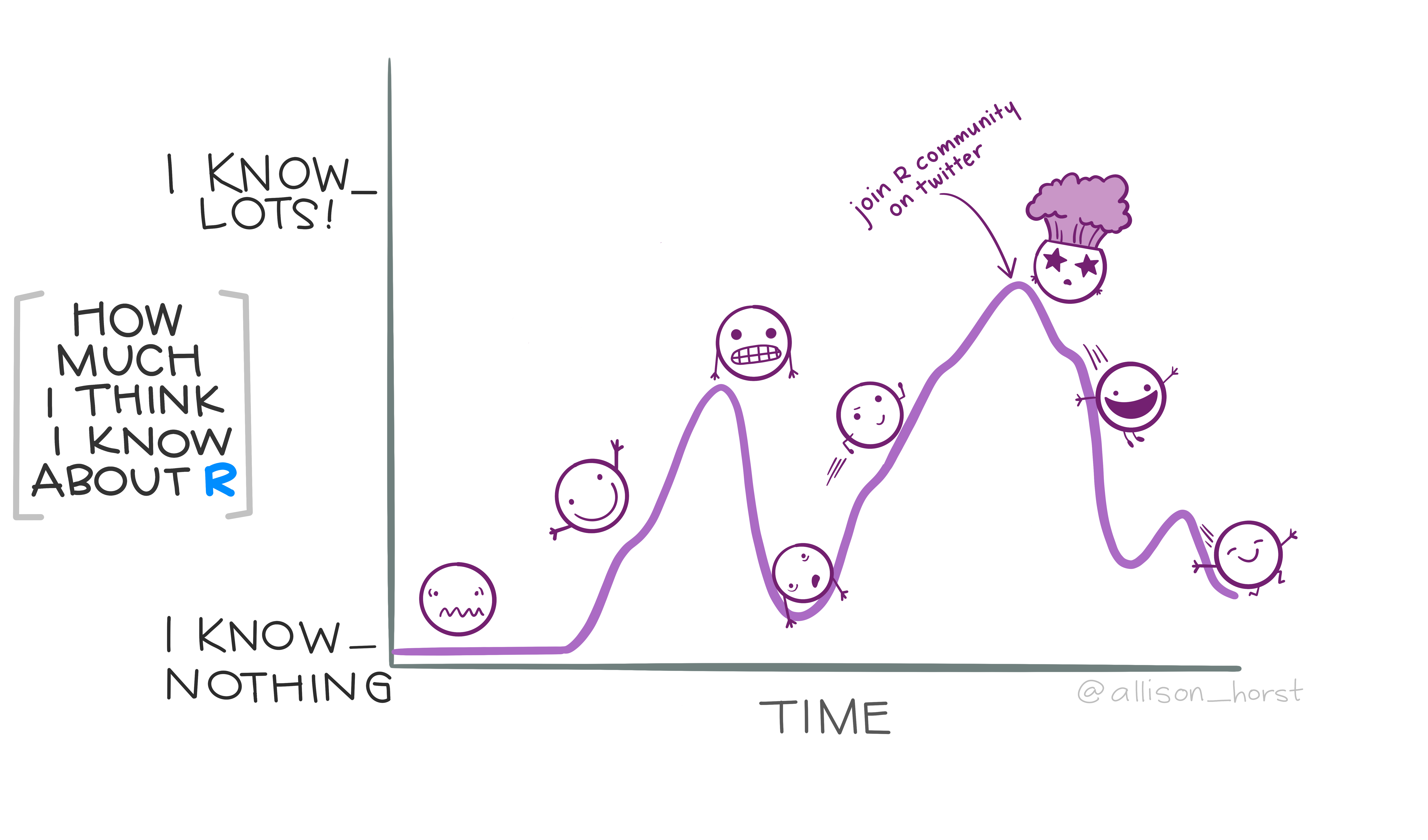
creating data using rep()
The frequency with which my data is missing important information when it gets to R is a bit embarrassing. I’m sure as I learn what kind of information R needs I’ll get better at this but for the moment using functions like rep() to create variables like trial number or block has been super useful. Alison Smith has a great blog called Very Statisticious and her post about simulating data is super helpful.